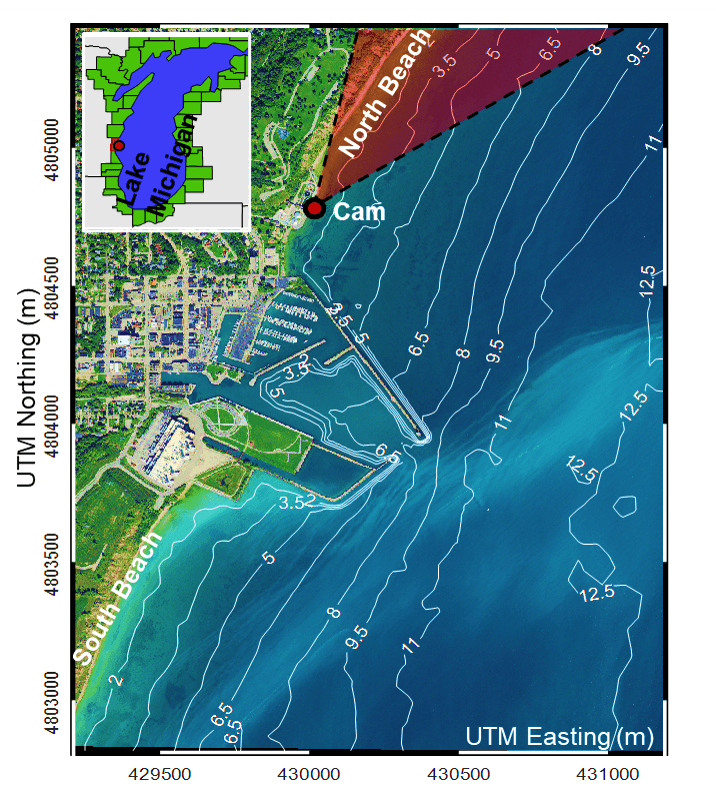
Wei Wang
PhD student
UAV Photogrammetry for Stream Habitat Monitoring
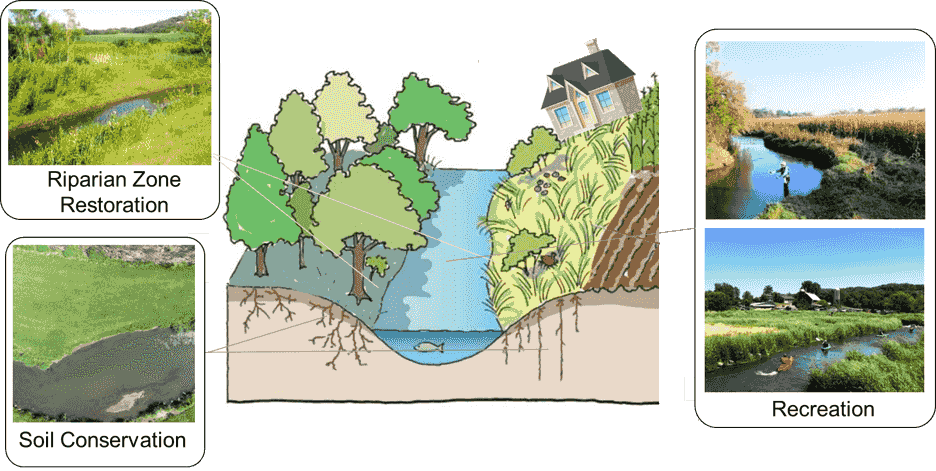
- Stream habitat, defined as the health of areas essential for fish and aquatic organisms to conceal, breed, and feed, is crucial for the efficacy of aquatic communities.
- The health of stream habitats is vital for restoring riparian zones, conserving soil, and supporting recreational activities.
- Stream habitat health is dynamic, changing rapidly due to natural hazards like flooding, requiring effective monitoring to assess their impacts.
- Traditional transect-based monitoring is labor-intensive; UAV-based methods offer automated, high-resolution, continuous surveys.
Study Site
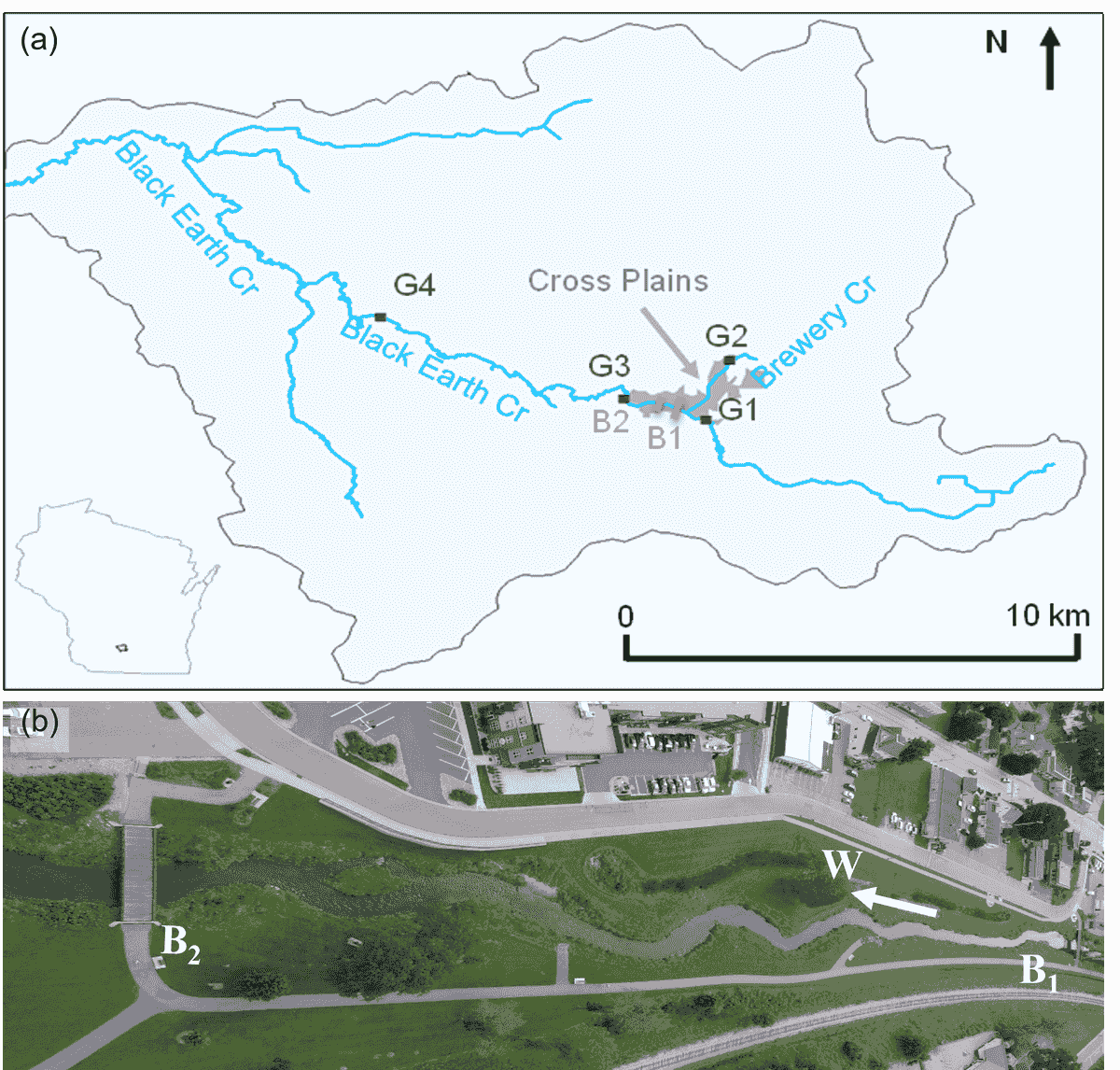
- Our study site is Black Earth Creek, located near the Village of Cross Plains in Dane County, Wisconsin.
- The specific site is a meandering stream channel flowing to the west, situated between two bridges, B1 and B2.
- This site experienced a severe flood event in August 2018, with a return period exceeding 70 years, which impaired the habitat and initiated a recovery process.
Method
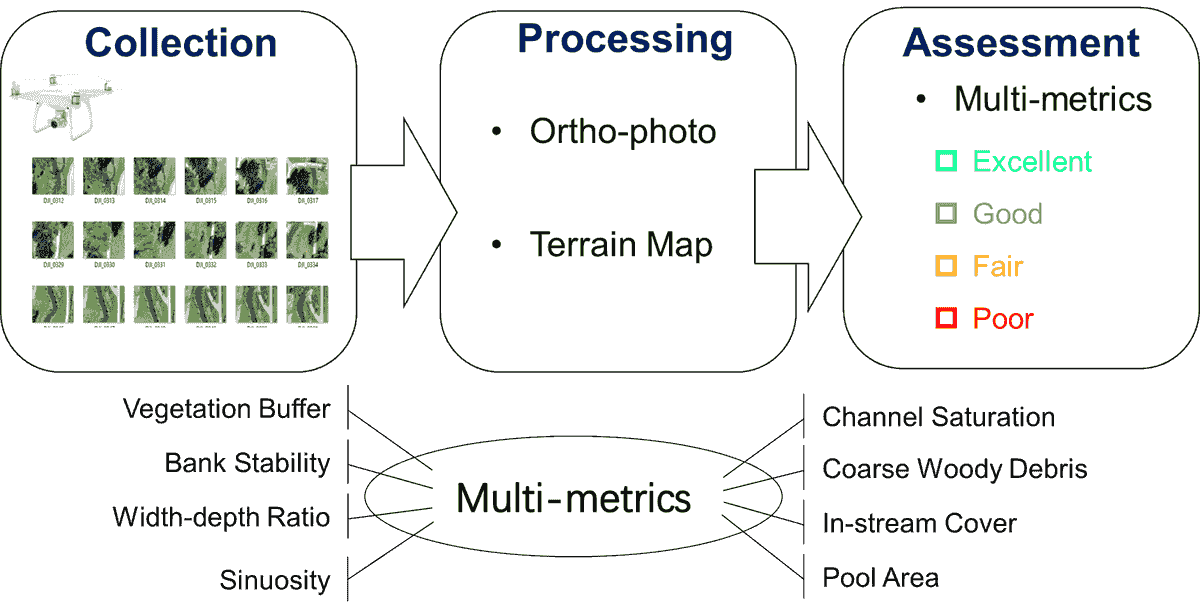
- Collecting drone images by designing flight routes that optimize effectiveness, such as minimizing flight time, while ensuring safety through obstacle avoidance.
- Processing drone images with the Structure from Motion (SfM) algorithm to generate orthophotos and terrain maps.
- Assessing stream habitat health from a multi-metric perspective and categorizing each habitat metric into excellent, good, fair, or poor condition using orthophotos and terrain maps.
Results
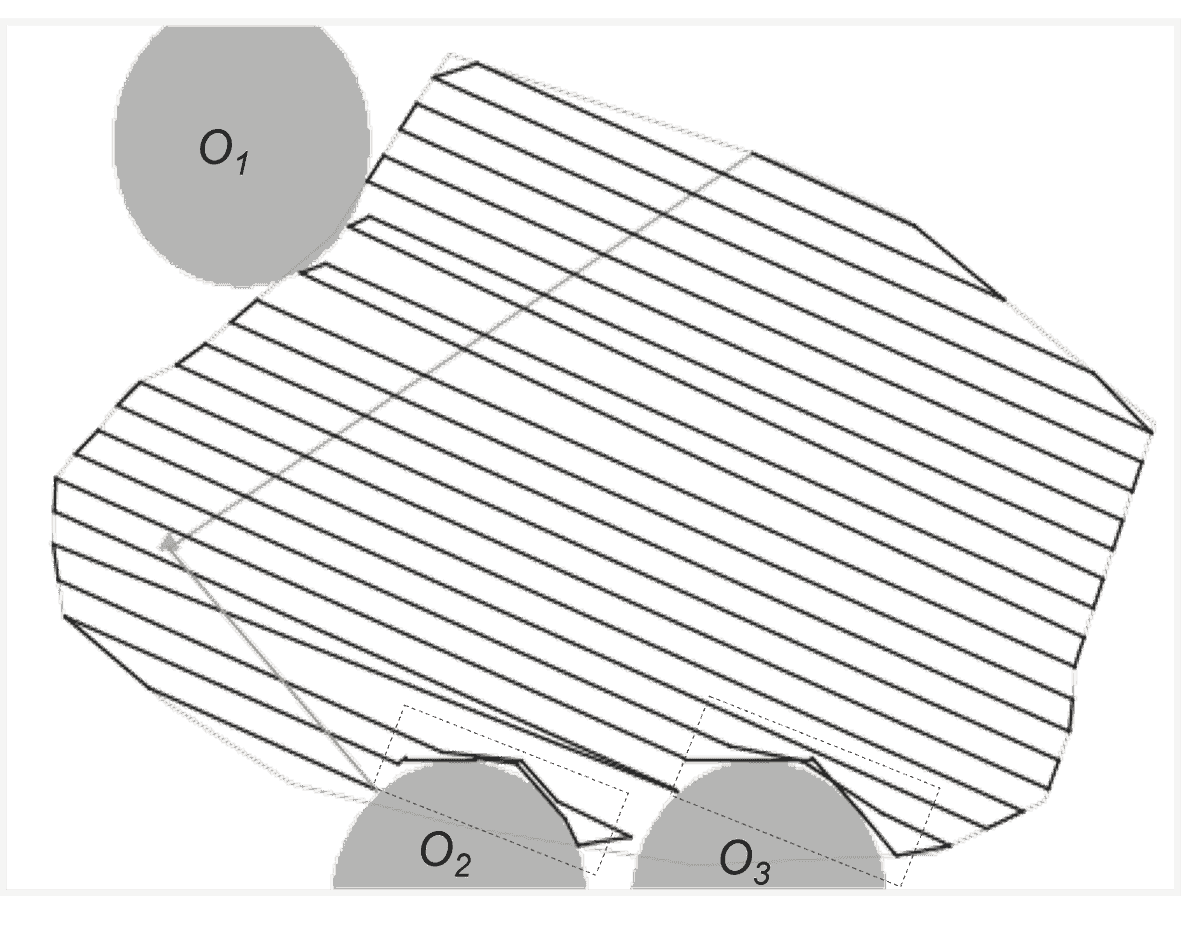
- S-shape drone flight route with obstacle avoidance
- Route smoothed to minimize flight time and the number of sharp turns.
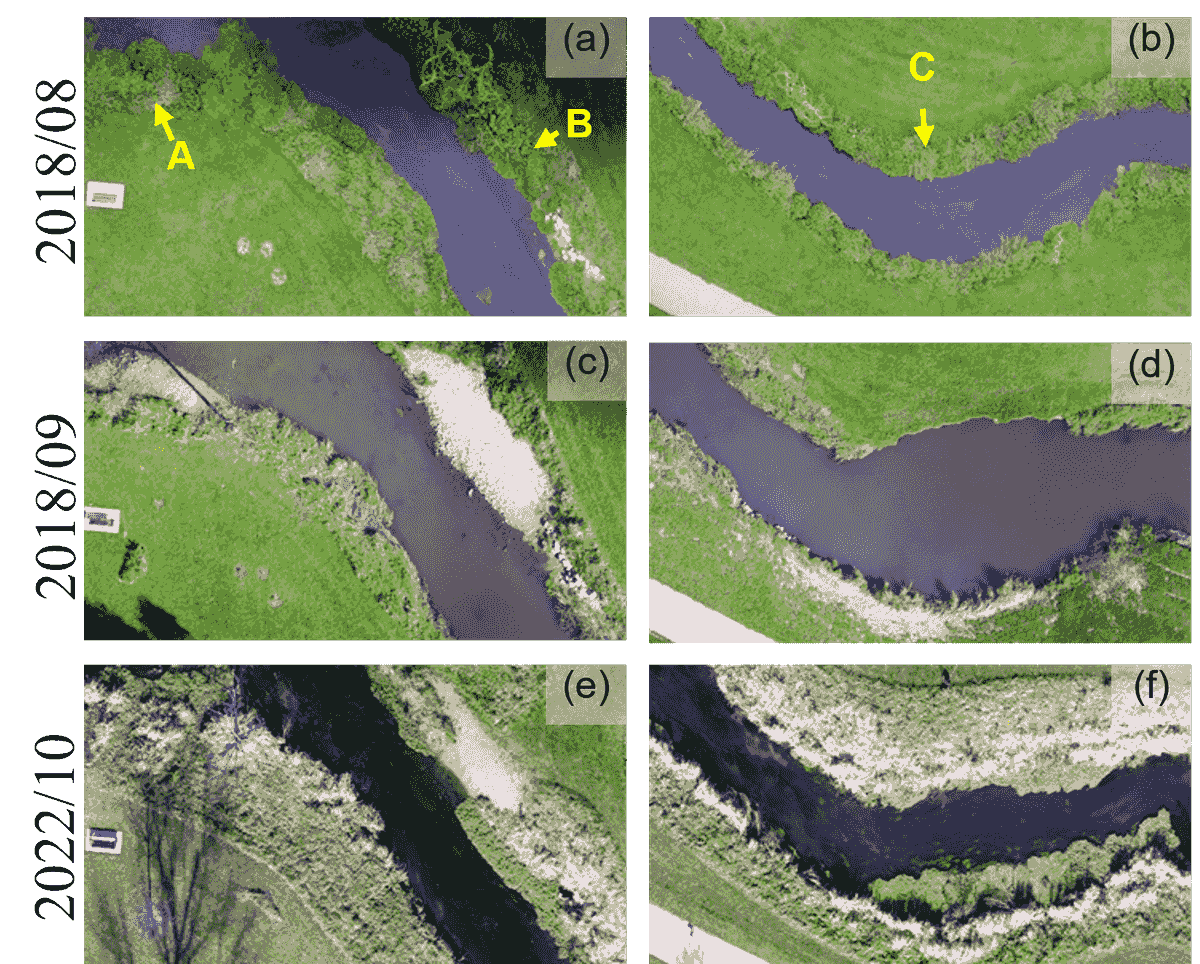
- The ortho-map reveals stream habitat impairments, such as vegetation recession, bare soil, and bank collapse.
- By October 2022, stream habitat at sites A and C shows recovery, while site B remains damaged from the flood.
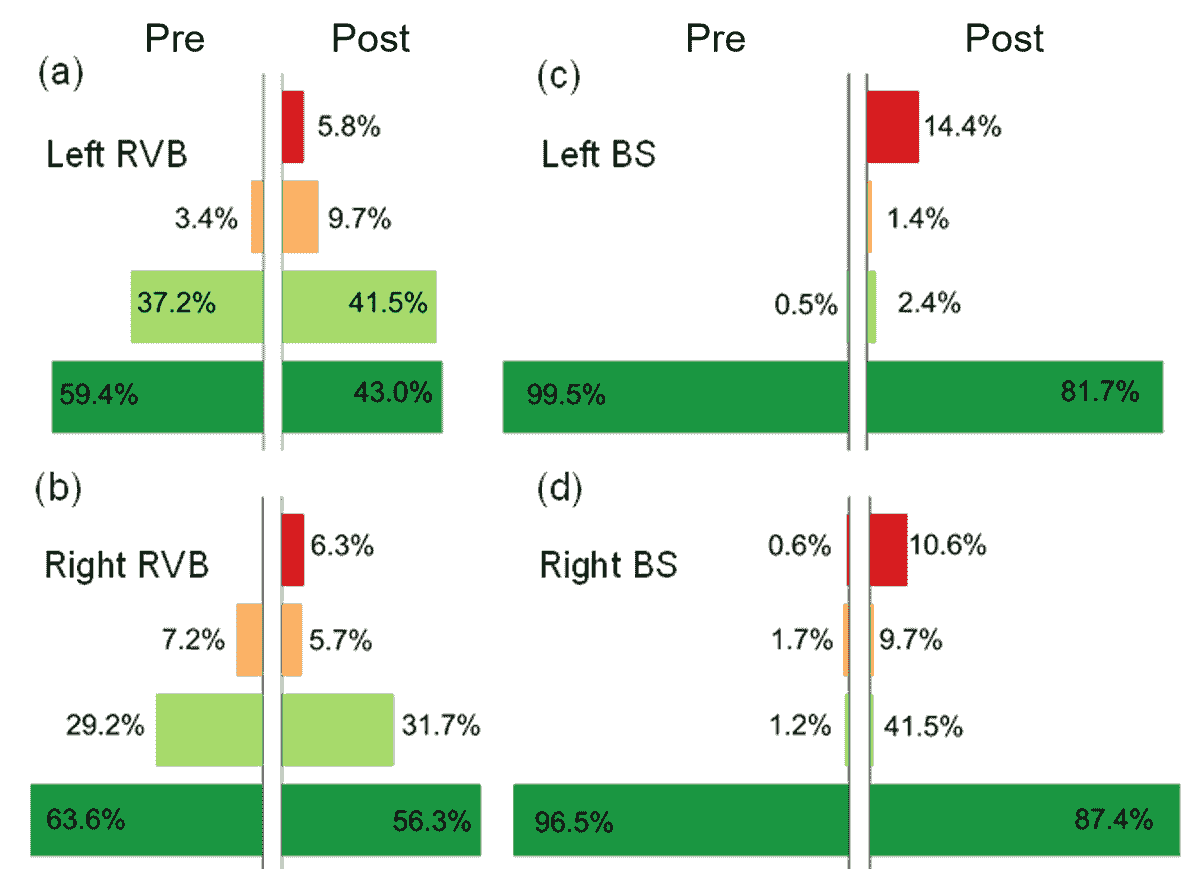
- For the riparian vegetated buffer, the post-flood poor condition ratio increased to 5.8% on the left bank and 6.3% on the right bank, while the excellent condition decreased from 59.4% to 43.0% for the left bank, and from 63.6% to 56.3% for the right bank.
- For the bank instability, the post-flood poor condition ratio increased to 14.4% on the left bank and 10.6% on the right bank, while the excellent condition decreased from 99.5% to 81.7% for the left bank, and from 96.5% to 87.4% for the right bank.
Flash rip detection and characterization
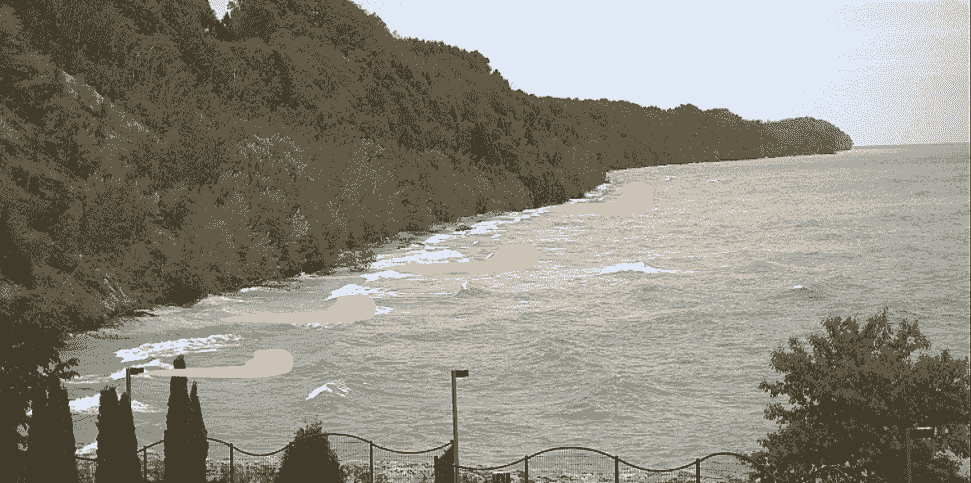
- Flash rips are episodic bursts of seaward water flow occurring on featureless beaches, capable of unexpectedly sweeping individuals from nearshore areas into deeper offshore zones. In Lake Michigan alone, rip currents result in over 25 rescues and more than 6 drownings annually. Among these, flash rips—hydrodynamically driven rip currents—are particularly challenging to detect due to their unpredictable occurrence in both time and location.
- Therefore, detecting and characterizing flash rips is crucial for reducing risks and enhancing coastal safety management.
Study Site

- Our study site is North Beach, situated in the city of Port Washington, Wisconsin on the western shoreline zone of Lake Michigan.
- Four rip current incidents occurred at this site on August 18, 2021; June 22, 2022; August 30, 2022; and September 8, 2022.
- Web-cams automatically capture image every 10 seconds.
Method
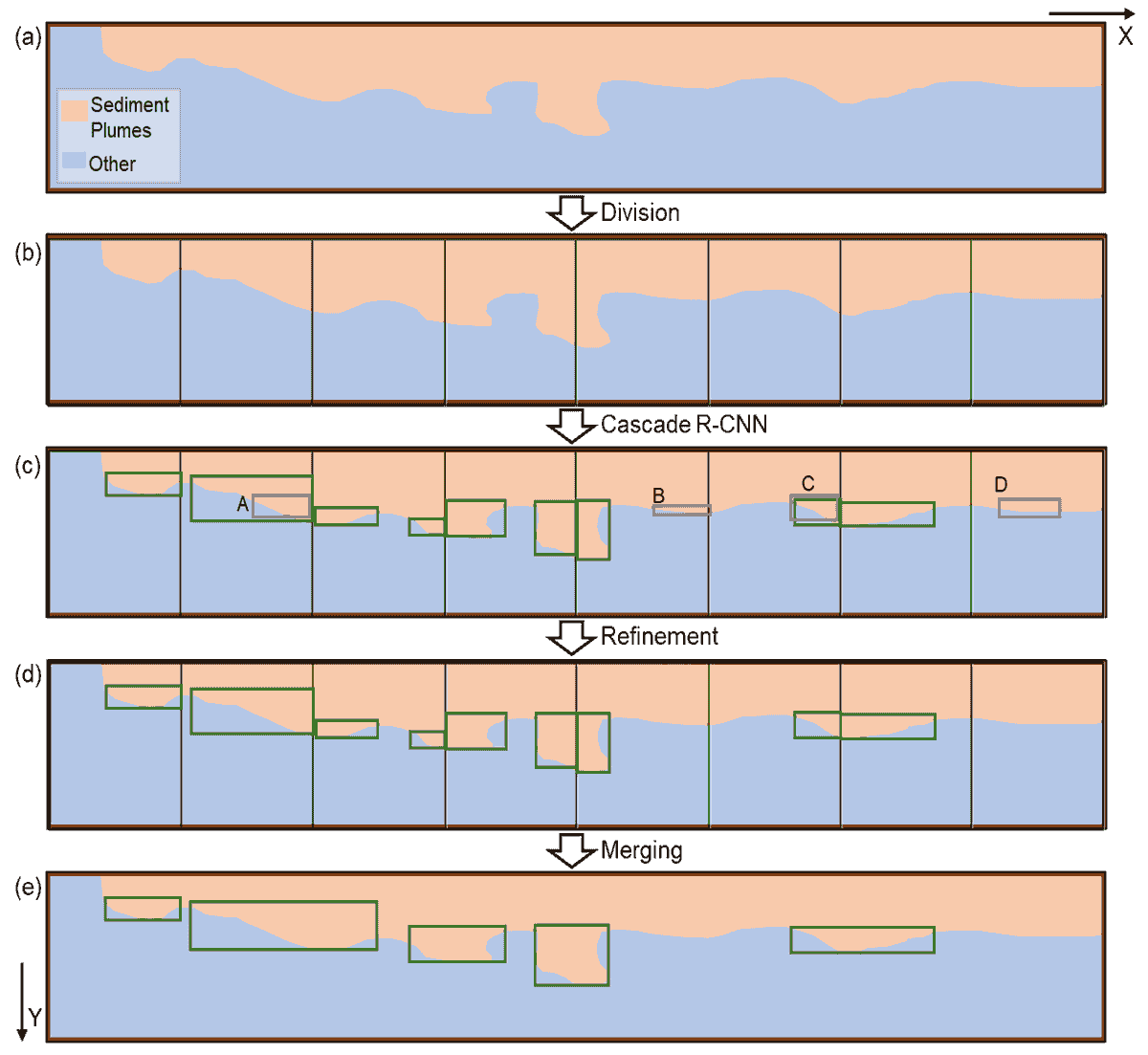
- First, orthorectify the oblique webcam images.
- Next, divide the orthophoto into square images for processing with Cascade R-CNN.
- Then, detect flash rips as bounding boxes using Cascade R-CNN and refine the results by removing false positives.
- Finally, merge the rip current bounding boxes.
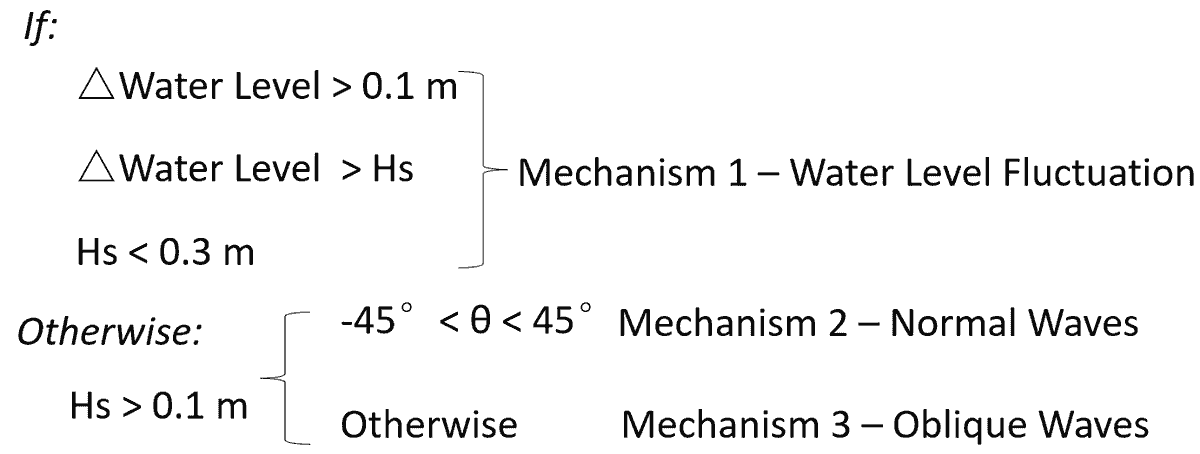
- Three types of mechanisms are identified by the wave and water level conditions
Results
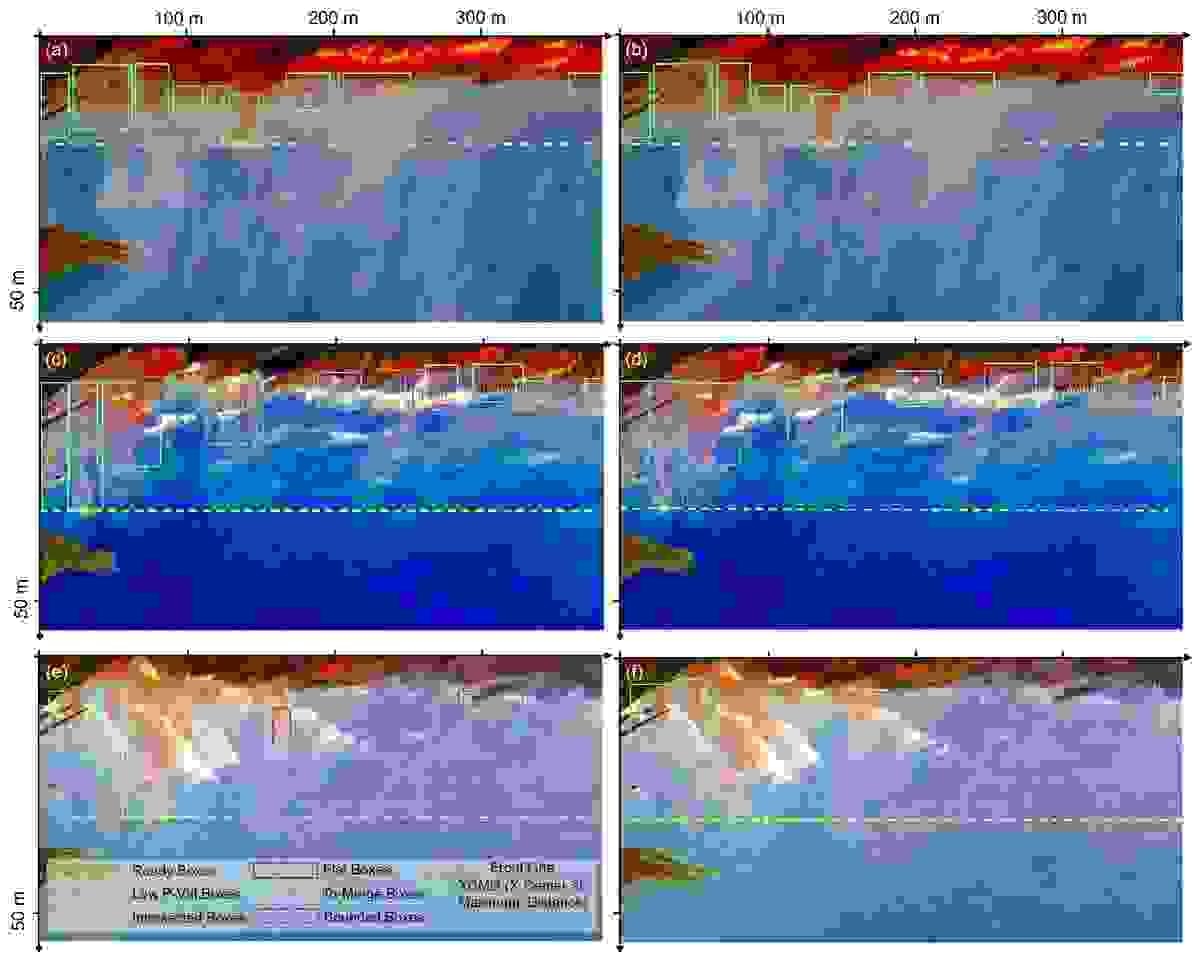
- Refined Cascade R-CNN can detect water-level-induced, normal-wave-induced, and oblique-wave-induced flash rips with high accuracy.
- Flash rip boxes with low p-values, those bounded by other boxes, or those with flat shapes are successfully removed.
- Flash rip boxes are correctly merged if they intersect or share the same edge.







